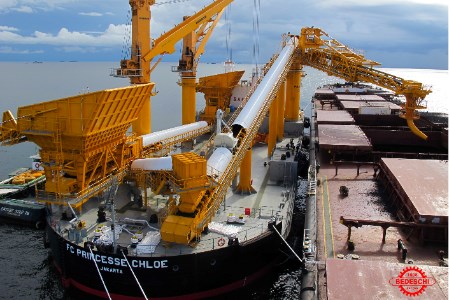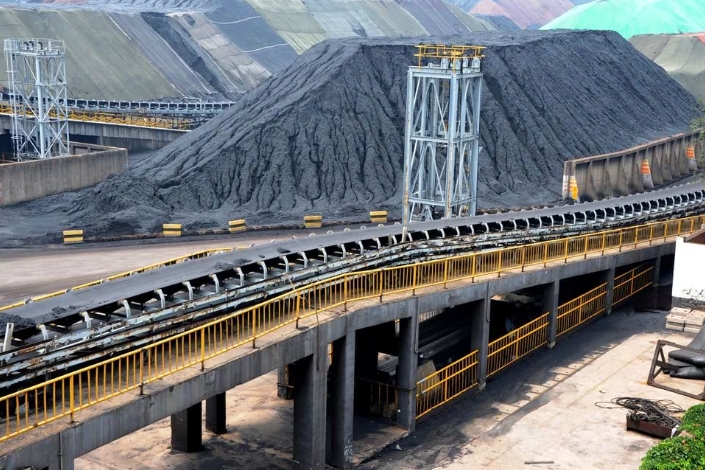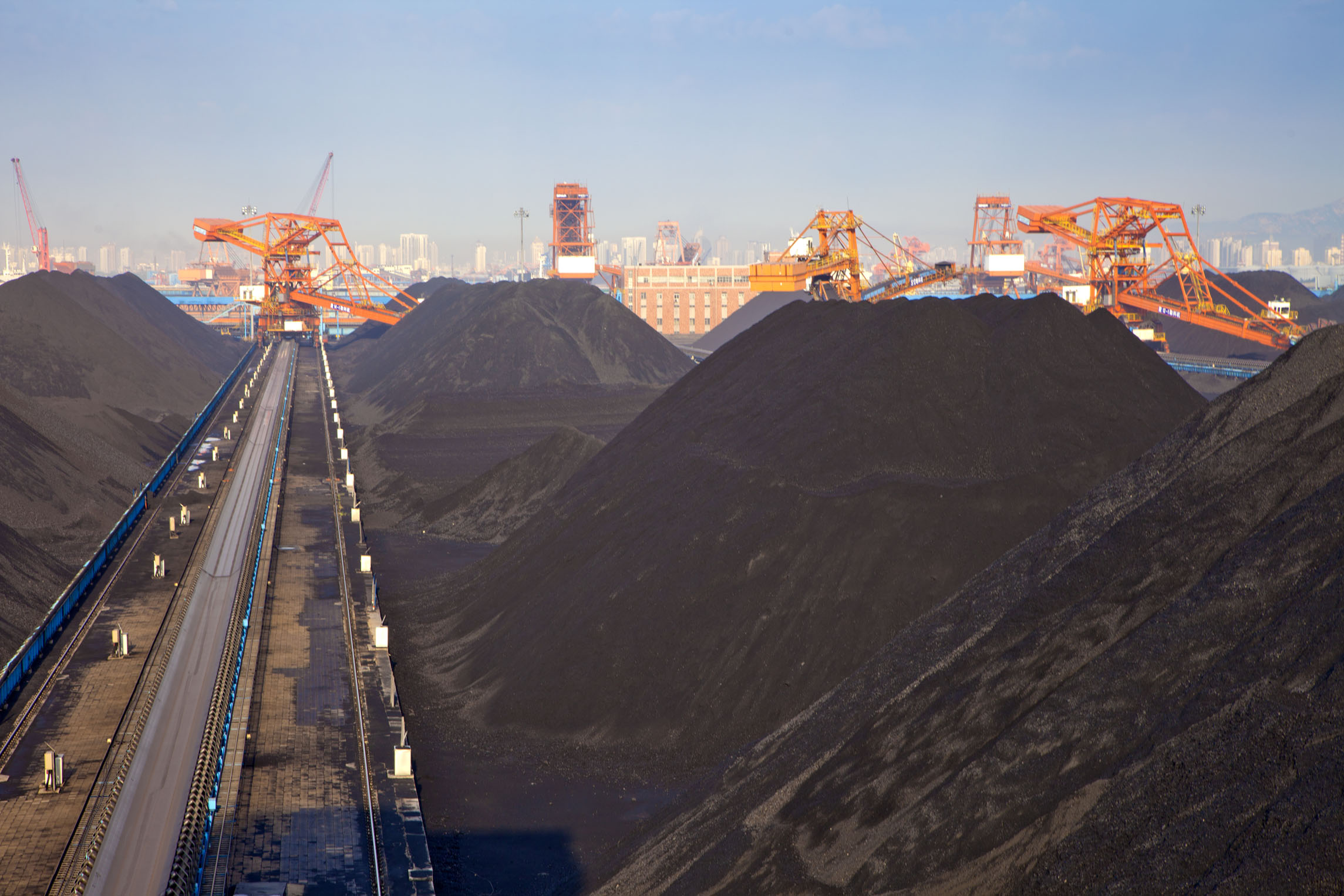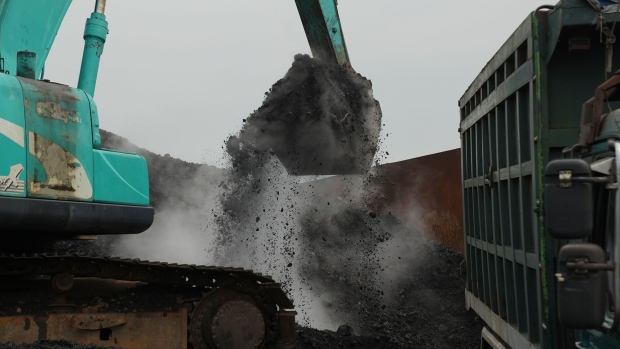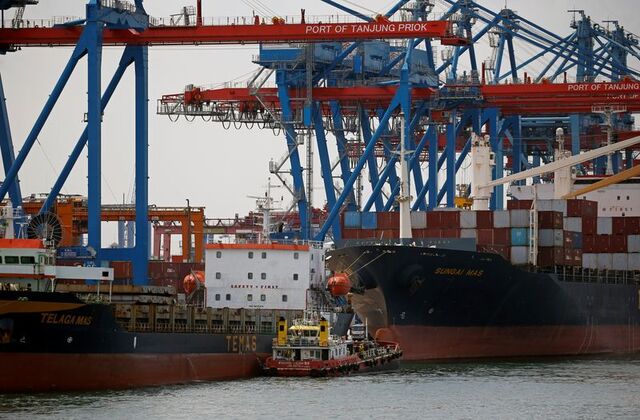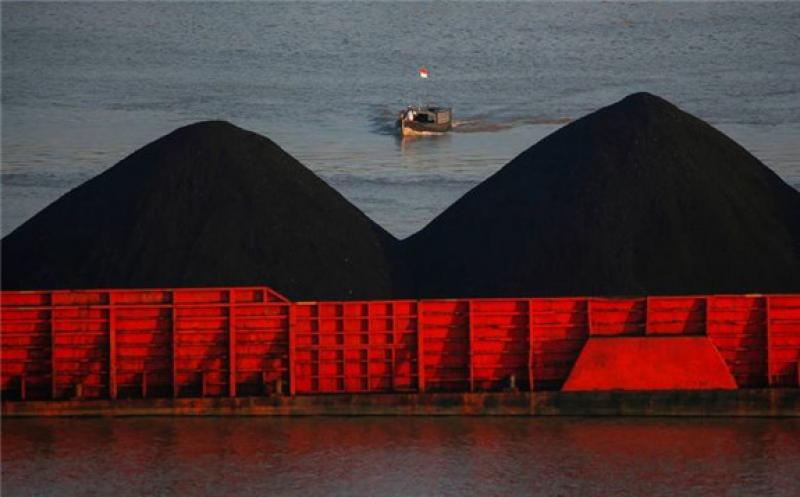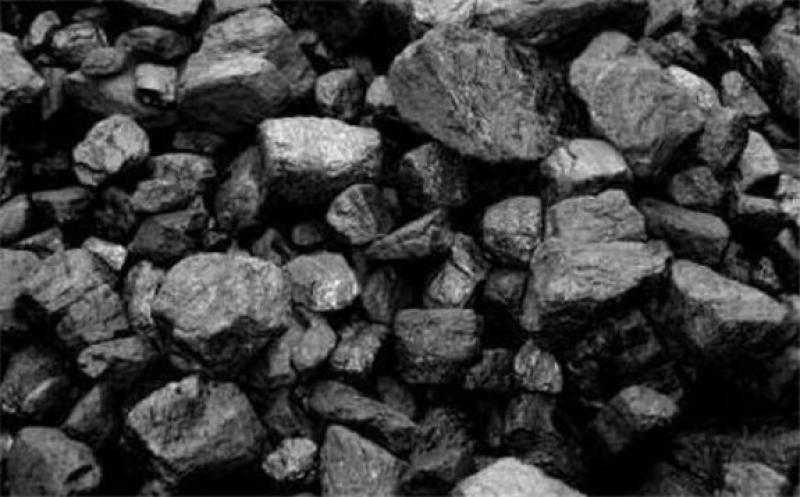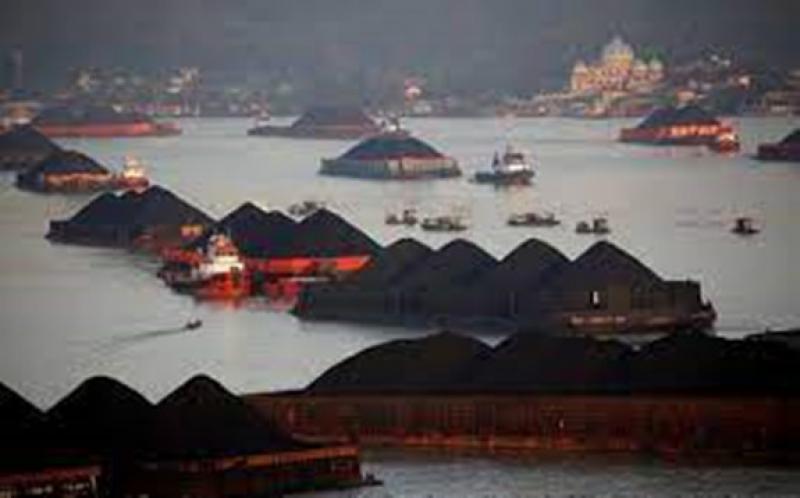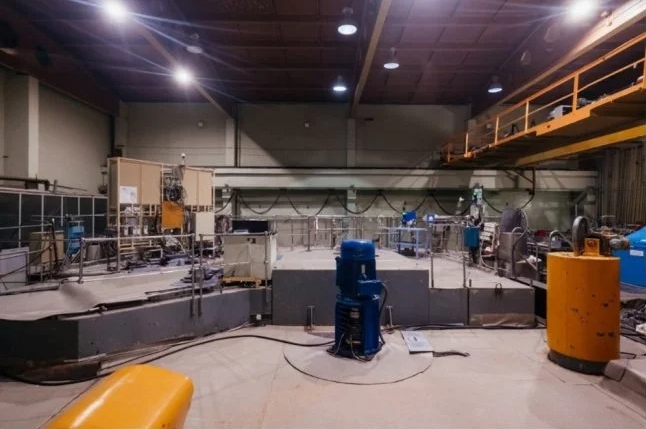
Russia’s Institute of Reactor Materials (IRM, part of Rosatom’s Scientific Division) has completed the procedures necessary to extend the service life of the IVV-2M pressurised water research reactor until the end of 2040.
IVV-2M is one of the basic reactor installations for materials science research of fuel, absorbent and structural materials necessary for the creation of innovative designs of power reactors. The reactor has wide experimental and applied capabilities. It is also used to produce isotopes used in nuclear medicine (for the diagnosis and treatment of cancer) and in industry (flaw detection).
“Modern reactors are installed with a service life of at least 60 years. The IVV-2M reactor was put into operation on 23 April 1966,” explained IRM Chief Engineer Ivan Russkikh. “This was at the height of the deployment of the Soviet nuclear programme, when there was still no clear idea of the actual service life of such facilities. Its service life was set at 30 years, which is why it was necessary to go through the extension procedure.”
The first complete modernisation of the reactor was carried out in the 1970s, and the power was increased from 10 MW to 15 MW. Then, in 2007 after updating the equipment, the service life was extended until April 2025. Since 2010, IRM implemented a programme for the most recent reconstruction of the reactor, which has now been fully completed.
“First of all, we strengthened safety measures: we replaced control and protection systems, installed modern smart electronics, updated systems for radiation monitoring, reactor cooling, and coolant purification,” said Russkikh. “Even the storage shaft for used fuel assemblies has undergone modernisation. About 250 people participated in the preparation of equipment and documentation for extending the service life of IVV-2M.”
IRM was founded in Zarechny in the Urals for materials investigations in 1966. The Institute conducts reactor tests and post-reactor research for the nuclear industry in accordance with the most modern requirements. It has a powerful production base. As well as the IVV-2M research reactor for the production of isotopes and research work, it has hot cells, radiochemical equipment, and a site for the production of irradiation devices.
IVV-2M is designed to undertake a wide range of scientific and experimental studies. These include research in solid state physics and nuclear physics; adiation chemistry, radiation, nuclear and reactor technologies, neutron activation analysis; research on nuclear materials; studying the influence of radiation on devices, sensors, semiconductor materials and equipment; research on structural materials and biological protection materials; production of radioactive isotopes; and specialist training.
The State Committee for the Use of Atomic Energy of the USSR issued an order for the construction of the IVB-2 in 1962 the launch complex of the reactor was put into operation in 1965 and it was officially launched at the Sverdlovsk Institute of Physics and Technology (SIPT) in 1966.
In 1969 SIPT became the Sverdlovsk branch of the NA Dollezhal Scientific Research and Design Institute of Power Engineering (NIKIET). In 1974 a hot cell facility was installed. In 1997 it became a NIKIET subsidiary and in 2003 was reorganised as an independent enterprise – IRM.
